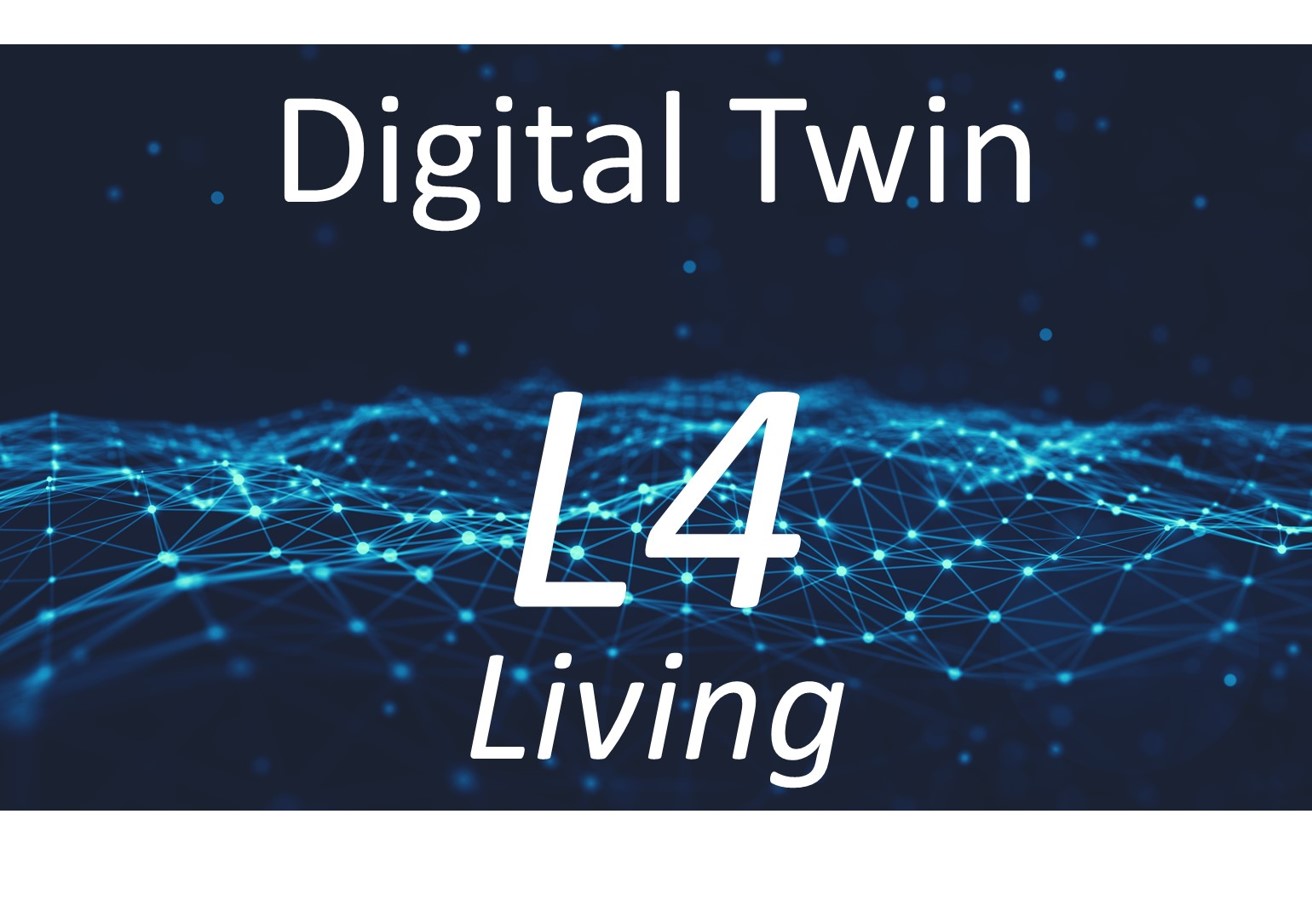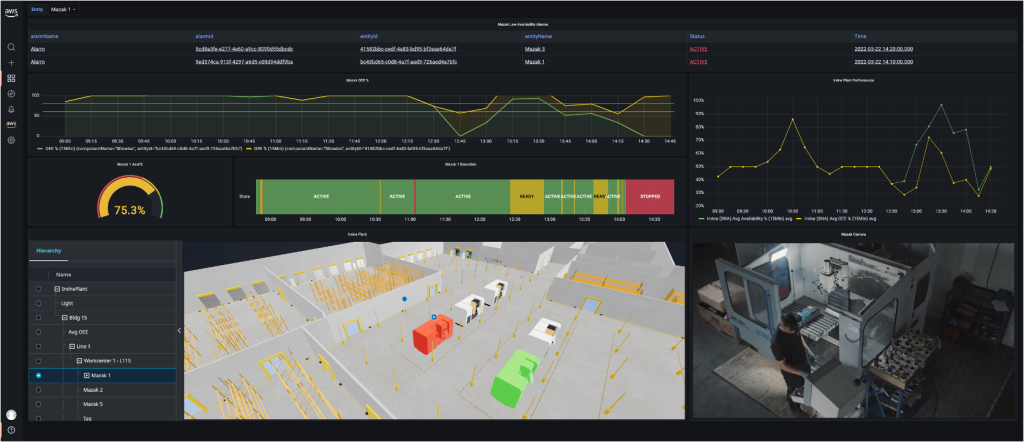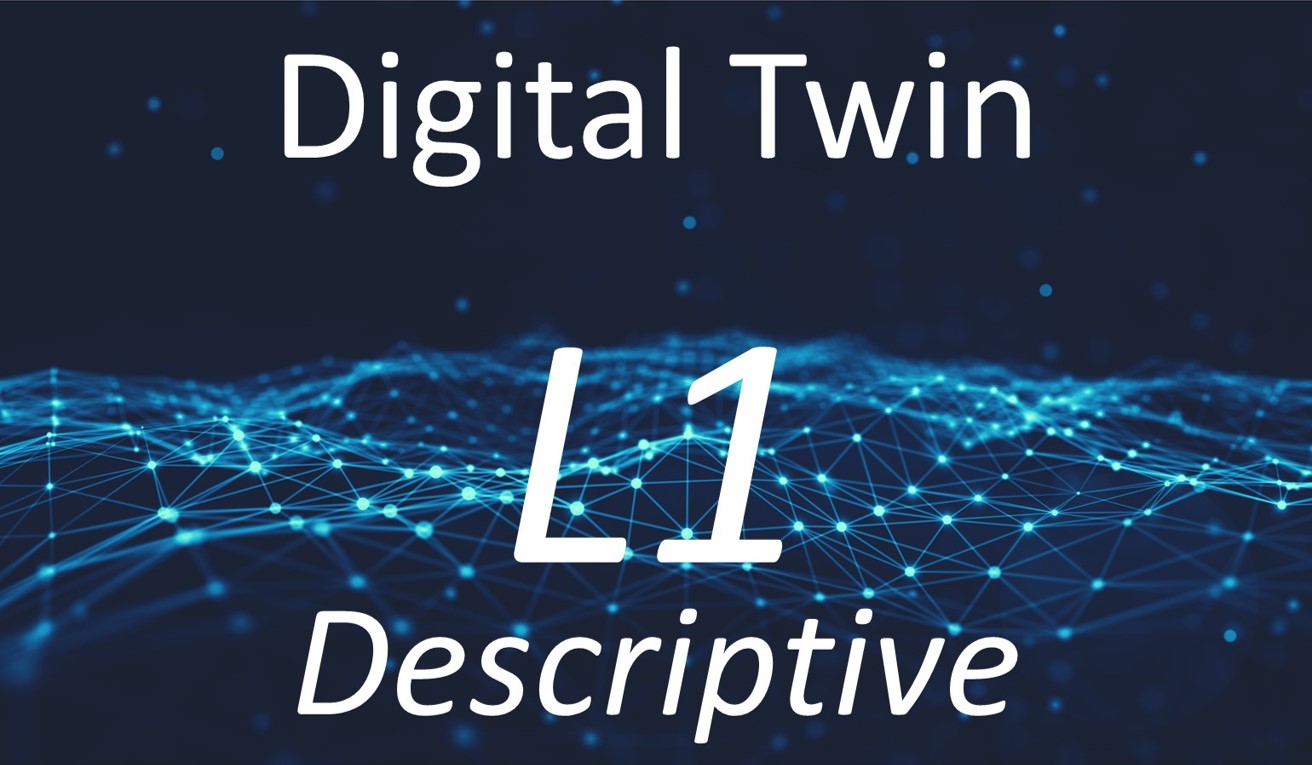The Internet of Things on AWS – Official Blog
Tag: AWS IoT TwinMaker
Delivering an integrated approach to safety: How AWS workforce safety solutions make work safer
With over 395 million workers worldwide sustaining non-fatal injuries yearly, companies are increasingly recognizing the need to adopt integrated, proactive safety measures. They seek to provide safer work environments overall, reduce risk of accidents and injuries across the site, and improve employee well-being. Traditional siloed approaches have led to key insights being missed due to […]
How to use your own data source in AWS IoT TwinMaker
Introduction AWS IoT TwinMaker makes it easier for developers to create digital twins of real-world systems such as buildings and factories with the ability to use existing data from multiple sources. AWS IoT TwinMaker uses a connector-based architecture that you can connect data from your own data source to AWS IoT TwinMaker without needing to […]
Digital Twins on AWS: Driving Value with L4 Living Digital Twins
Introduction In working with customers, we often hear of a desired Digital Twin use case to drive actionable insights through what-if scenario analysis. These use cases typically include operations efficiency management, fleet management, failure predictions, and maintenance planning, to name a few. To help customers navigate this space, we developed a concise definition and four-level […]
Build a digital twin of your IoT device and monitor real-time sensor data using AWS IoT TwinMaker (Part 2 of 2)
Introduction This post is the second of the series on how to use AWS IoT TwinMaker to create a digital twin of a Raspberry Pi device connected to a sensor that collects temperature and humidity data, and integrate it with an Amazon Managed Grafana dashboard. This allows users to visualize the 3D environment where the […]
Build a digital twin of your IoT device and monitor real-time sensor data using AWS IoT TwinMaker (Part 1 of 2)
Introduction A digital twin is a living digital representation of a physical system that is dynamically updated to mimic the structure, state, and behavior of the physical system to drive business outcomes. Building one is usually not an easy task – to solve this challenge, we launched a new service, AWS IoT TwinMaker. AWS IoT […]
Digital Twins on AWS: Understanding “state” with L2 Informative Digital Twins
In our prior blog, we discussed a definition and framework for Digital Twins consistent with how our customers are using Digital Twins in their applications. We defined Digital Twin as “a living digital representation of an individual physical system that is dynamically updated with data to mimic the true structure, state, and behavior of the […]
Digital Twins on AWS: Predicting “behavior” with L3 Predictive Digital Twins
In our prior blog, we discussed a definition and framework for Digital Twins consistent with how our customers are using Digital Twins in their applications. We defined Digital Twin as “a living digital representation of an individual physical system that is dynamically updated with data to mimic the true structure, state, and behavior of the […]
Edge to Twin: A scalable edge to cloud architecture for digital twins
Are you seeking ways to get an immersive 3D view of your systems and operations to optimize efficiency, increase production, and improve performance? Perhaps you are generating all the data you need from various on-premise systems, but are unsure how to gain access to this information in a living virtual representation. In this blog post, […]
Digital Twins on AWS: Driving value with L1 Descriptive Digital Twins
In our prior blog, we discussed a definition and framework for Digital Twins consistent with how our customers are using Digital Twins in their applications. In particular, we described a Digital Twin leveling index to help customers understand their use cases and the technologies needed to achieve the business value they are seeking. This Digital […]
Digital Twins on AWS: Unlocking business value and outcomes
Every day, we hear from our customers about the desire to implement Digital Twins to improve operations, product offerings, and business value delivered to their own end customers. The concept of twins is not new and dates back to the early days of the space program. The Apollo 13 mission in the 1960s is an […]









